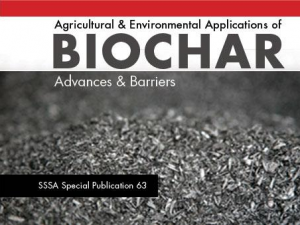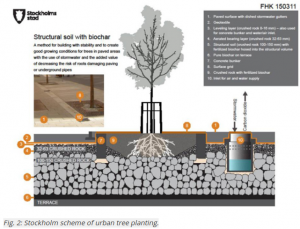I have no specific experience or special understanding of compost but I do recognize that compost is going to be a very important future pathway for biochar to the soil. It is easy to find plenty of research pointing toward the many mutual benefits for mating compost production with biochar ‘activation’ (accelerated compost process; reduced emissions (gas & leachate); reduced odour and pests; improved nutrient retention; biochar charging with nutrients and biology; biochar application pathways). Thats a long list of proven benefits but they will remain as ‘claims’ needing validation in NZ before we see any uptake here. ABE are in discussion or working with about 5 different composters in NZ, trying to get field trials moving. They range from large and small commercial organic compost producers to conventional farmers and gardeners.
It would we great to see more activity on this. Anecdotal trials are an easy starting point… the science will follow (I hope). We can arrange supplies of biochar or guide small scale compost producers on making their own.
It would be good to get some feedback on this or the article below (which does not seen to say much about biology… or am I misreading)
Municipal Compost as a Nutrient Source for Organic Crop Production in New Zealand
Abstract
: About 1% of New Zealand farmland is managed organically. Nitrogen is the nutrient most likely to limit organic crop production. A potential solution is incorporation of compost to supply N. About 726,000 t of municipal garden and kitchen wastes are sent to landfills annually. Composting offers a means of reducing the impact of landfill wastes on the wider environment. Organically certified compost (N content typically 2% to 2.5%) is available from some municipal composting plants. To be effectively used on organic farms, the rate of N release (mineralization) must be known. Laboratory incubations were conducted to quantify mineralization of compost N under controlled (temperature and moisture) conditions. Nitrogen availability and crop yields from a one-off application of compost (25–100 t·ha−1) were also assessed in two field trials (using cereal and forage crops). The results suggested that a relatively small part (13%–23%) of compost N was used by the crops in 3–4 years. Much of this was mineral N present at the time of application. Mineralization rates in the laboratory and field studies were much lower than expected from published work or compost C:N ratio (considered an important indicator of N mineralization potential of composts).


